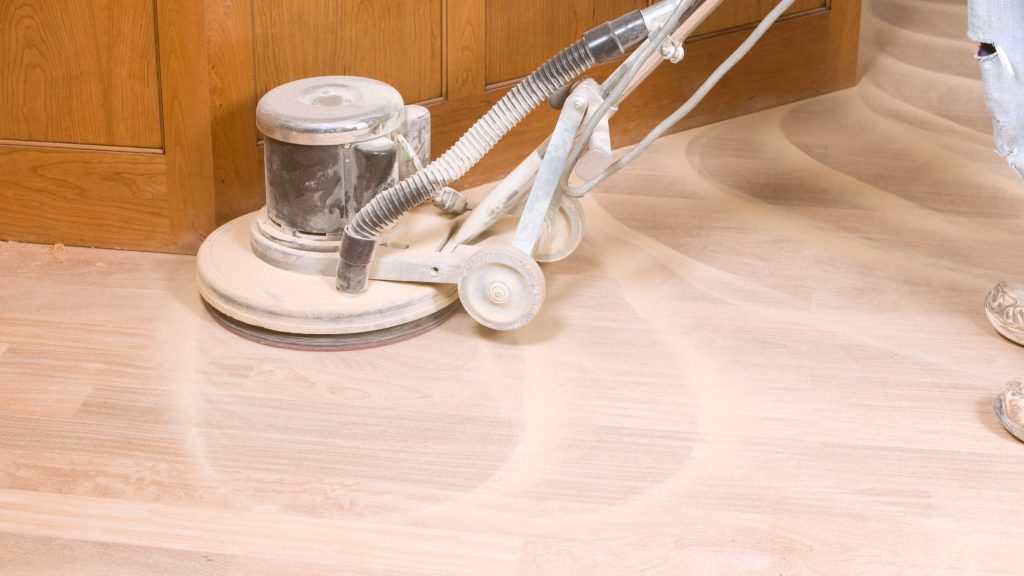When it comes to woodworking, the subject of sanding and drums sanders is never far from the forefront of the discussion. After all, the sanding process is the final step and the last chance a woodworker has to get it right before applying a finish, and any remaining scratches are now visible and exposed for all to see. Yes, they are, and there are several reasons for this from sandermag.com.
- They are correct.
- They have the ability to sand surfaces flat.
- They can easily handle end grain.
- They can work with a variety of grits.
- They can be operated by a single individual.
- They have a small physical footprint.
Drum sanders can be very precise.
 In fact, it is not uncommon to find a set of vernier callipers next to a drum sander; the same type that metal lathe operators use if they have a set nearby. When you consider what a change in humidity can do to wood, the ability to make very fine adjustments with sandermag.com drum sanders seems overkill, but having the ability to be so precise in the first spot is pretty cool.
In fact, it is not uncommon to find a set of vernier callipers next to a drum sander; the same type that metal lathe operators use if they have a set nearby. When you consider what a change in humidity can do to wood, the ability to make very fine adjustments with sandermag.com drum sanders seems overkill, but having the ability to be so precise in the first spot is pretty cool.
They have the ability to sand surfaces flat.
Some people may interpret this differently. These machines have the potential to be used as a type of planer, but it is very easy to push too hard and burn the sandpaper. Sandpaper is not cheap, and overworking the fitted grit will cost you money. Many of the newer machines have a feature that slows the speed of the feed belt if the load is too great, which saves some paper but leaves heat behind if the operator is not cautious.